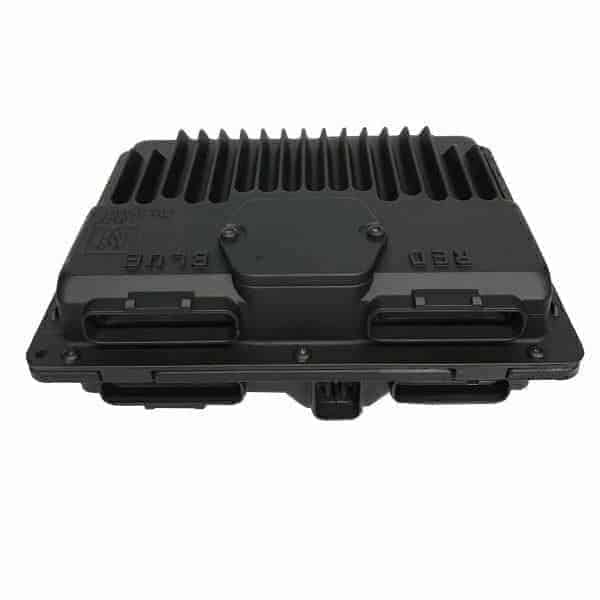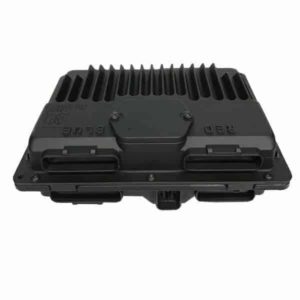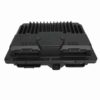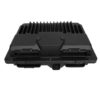Is Your GM Truck or SUV Acting Up? Get Back on the Road Fast.
If you’re dealing with a frustrating no-start condition, a persistent check engine light, erratic shifting, or poor fuel economy in your 1998-1999 GM vehicle, a failing Powertrain Control Module (PCM) is often the culprit. As the brain of your engine and transmission, when the PCM goes bad, it can cause a host of confusing and expensive problems. I’ve seen it countless times in my shop: customers arrive after replacing perfectly good sensors and fuel pumps, only to find the issue was the computer all along.
This isn’t just a replacement part; it’s a complete, ready-to-install solution. We are offering a reliable, used OEM PCM that has been professionally programmed to your vehicle’s specific Vehicle Identification Number (VIN). This means it arrives at your door with the latest GM software updates, ready for a true plug-and-play installation.
Why Our VIN-Programmed PCM is the Smart Choice
Forget the hassle and expense of a dealership visit. A new PCM from the dealer would require towing your vehicle in, paying for the part, and then paying hundreds more in labor for programming. Our process saves you time, money, and headaches.
- ✔ VIN-Programmed for Your Vehicle: We flash this module with your truck’s exact VIN and the newest GM calibrations. This ensures all systems, including anti-theft (Passlock/VATS), operate correctly right out of the box.
- ✔ No Additional Programming Needed: This is a direct-fit, plug-and-play solution. Simply install it, and you’re ready to go.
- ✔ Solves Common Issues: A correctly programmed PCM is the definitive fix for many common GM truck problems, including:
- Check Engine Light (CEL) for internal module faults
- Engine stalling or refusing to start
- Harsh or incorrect transmission shifting
- Poor engine performance and fuel mileage
- Communication errors with scan tools
- ✔ Cost-Effective Repair: Get a fully functional, programmed OEM part for a fraction of the cost of a new unit from a dealer.
Expert Pro Tip: Check Your Grounds Before You Condemn the PCM
Before you install your new PCM, take 10 minutes to clean the main engine-to-chassis and battery-to-chassis ground connections. On these GMT400-platform trucks, corroded or loose grounds are incredibly common and can cause voltage issues that mimic PCM failure. A bad ground can even damage a new module. I’ve diagnosed hundreds of these trucks, and a simple wire brush and some dielectric grease on the ground points can prevent a world of electrical gremlins. It’s the best free insurance for your repair.
Easy Installation for the DIYer
You don’t need to be a master mechanic to replace this module. With basic hand tools, you can have your truck running smoothly in under an hour.
- Safety First: Disconnect the negative terminal from your vehicle’s battery.
- Locate the PCM: On most of these trucks and vans (like the Tahoe, Suburban, and pickups), the PCM is located in the engine bay, typically on the driver’s side fender well.
- Disconnect Connectors: Carefully unclip and remove the electrical harness connectors from the old module. Inspect the pins for any corrosion or damage.
- Remove Old Module: Unbolt the old PCM from its mounting bracket and remove it from the vehicle.
- Install New Module: Bolt your new, pre-programmed PCM into place.
- Reconnect Everything: Firmly plug the harness connectors into the new module until they click. Reconnect the negative battery terminal.
- Start the Engine: Your vehicle should now start and run correctly with the new PCM.
Is This the Right Part for Your 1998-1999 Tahoe PCM?
This module is a direct replacement for units with service number 16258815 and is also interchangeable with several other part numbers, including 09355699, 16266645, 16250279, and 09366810. It fits a massive range of 1998-1999 GM trucks, vans, and SUVs. Please verify the part number on your original module or consult the detailed fitment list to confirm compatibility.
IMPORTANT: After your purchase, you MUST provide us with your 17-digit VIN to ensure we can program the module correctly before shipment. This step is critical for a successful, plug-and-play repair.



